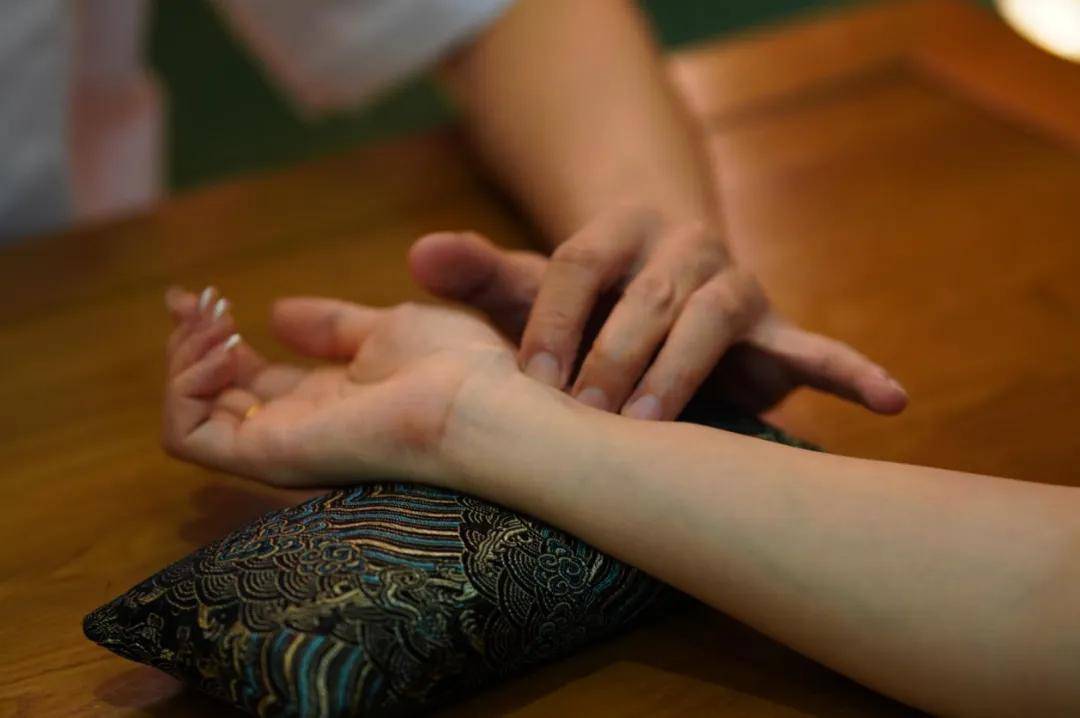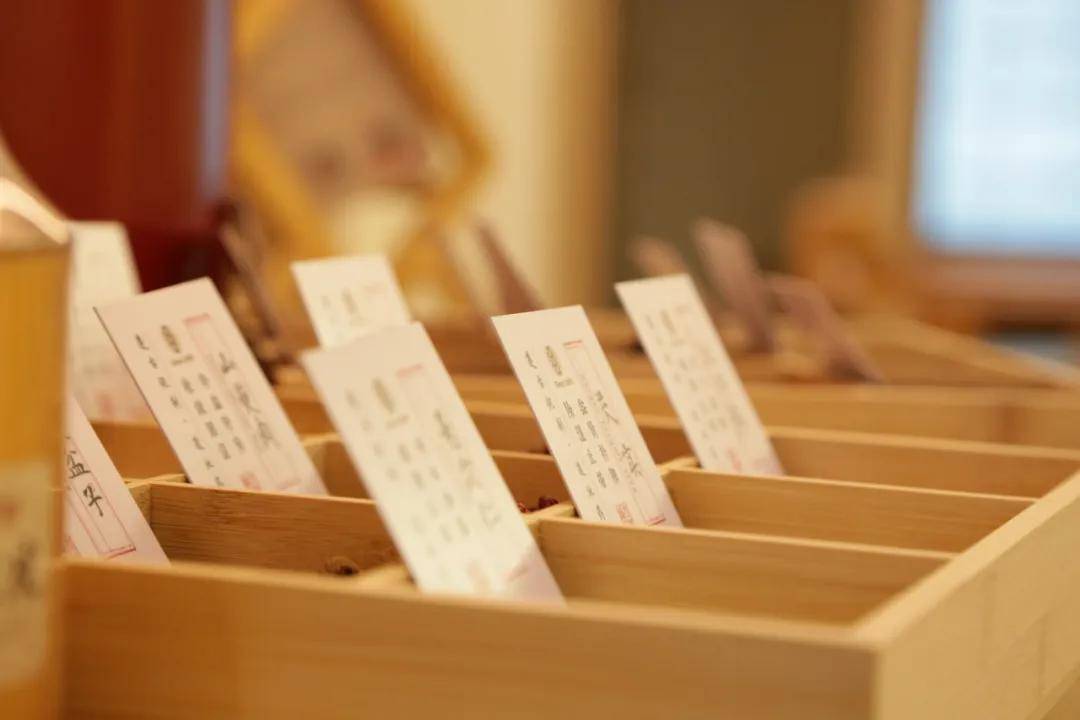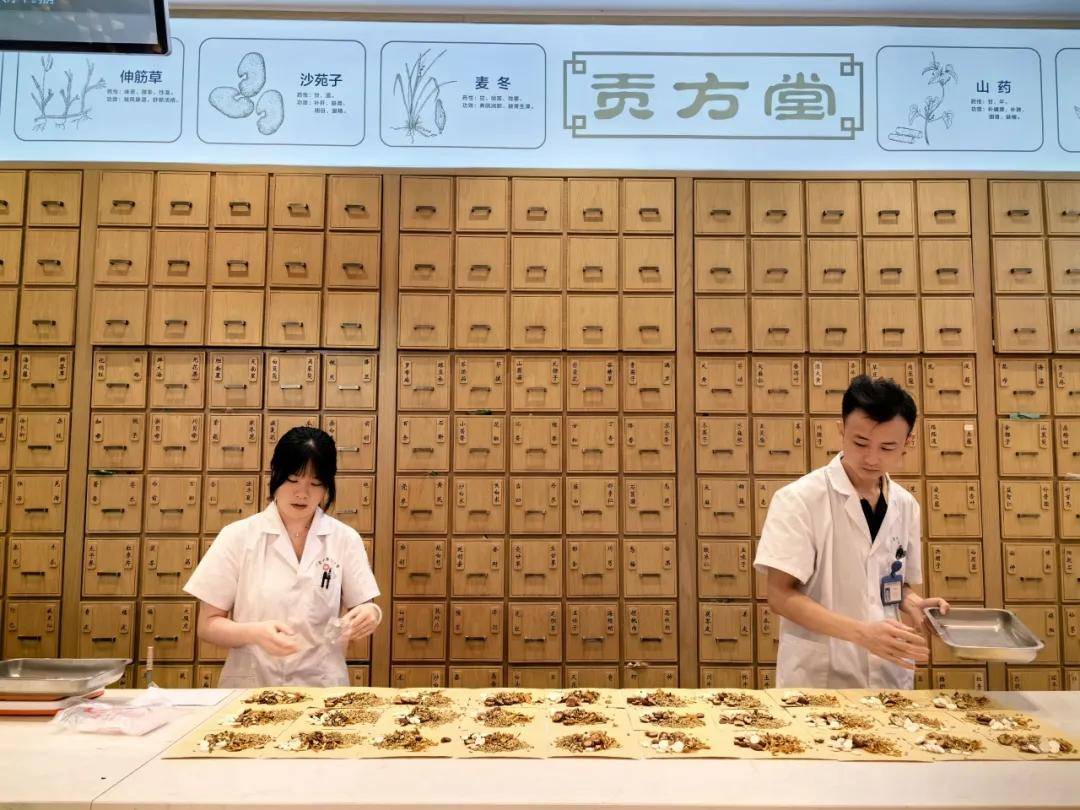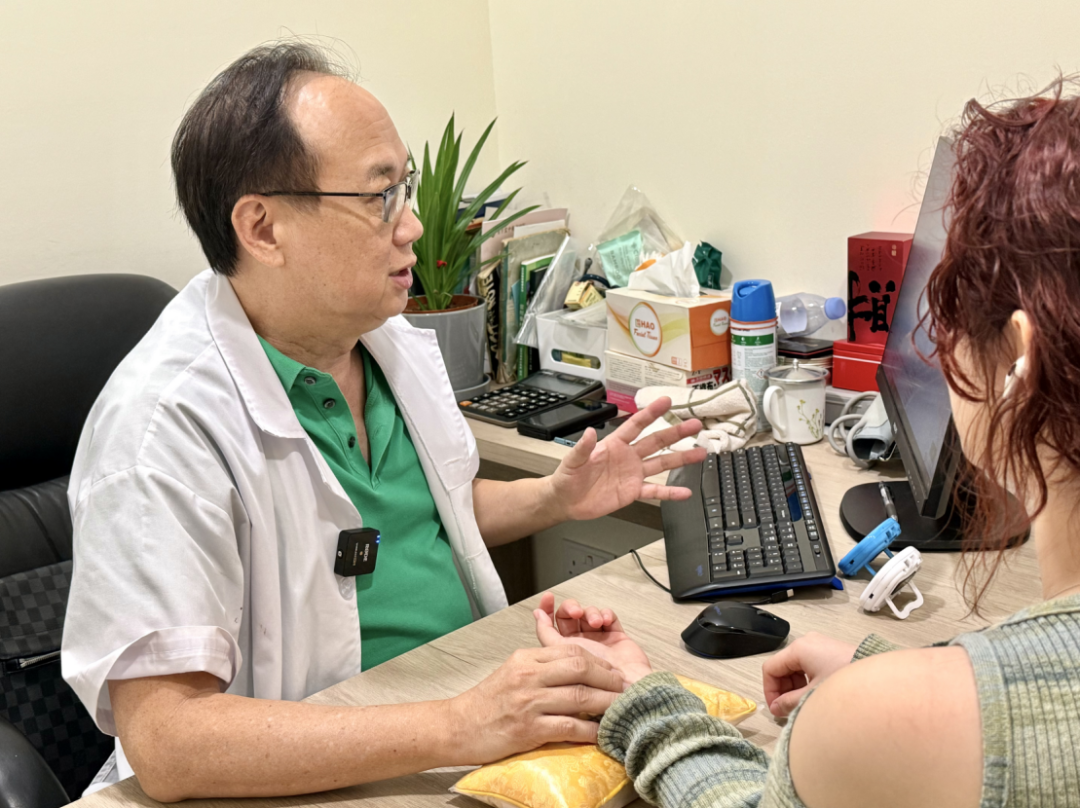- Physicians
- Clinics
- TCM
- Western GP
-
Fees
-
Deals & Privileges
- About & Resources
- Contact Us
Nowadays, more and more women are diagnosed with breast nodules during check-ups.
Some women feel they are just one step away from breast cancer, living in constant anxiety...
But this issue sounds scarier than it actually is—it's far from being a serious disease.
In Traditional Chinese Medicine (TCM), there is no such term as "breast nodules"; they fall under the category of "Rupi" (breast lumps). Logically speaking, how could breast nodules just appear out of nowhere?

The human breast may develop lumps of varying sizes. The larger ones that can be felt by hand are called breast masses, while the smaller ones detected only through ultrasound are commonly referred to as breast nodules.
Many people opt for surgical removal, but the nodules often recur. Surgery only removes the visible nodules without addressing the underlying internal imbalance. The root cause of the breast condition remains, making recurrence likely.
Traditional Chinese Medicine (TCM) treats breast nodules not just by focusing on the nodules themselves but by addressing the root cause from a holistic perspective. Therefore, from a TCM standpoint, breast nodules can indeed be eliminated.
According to Dr. Que Poh Yuen Albert, a TCM gynecological expert at Singapore's Gong Fang Tang, breast nodules fall under the TCM category of "Ji Ju" (accumulation). They result from long-term interactions of pathological factors such as phlegm stagnation, qi stagnation, and blood stasis.
As the ancients often said, "Women rely on the liver as their foundation." When liver qi stagnates and accumulates in the body, it not only weakens the spleen and stomach's digestive functions but also obstructs the flow of qi and blood. When qi and blood reach the breast area and are blocked by stagnant liver qi, nodules form.
In reality, breast nodules are not a major issue. Although they may appear frequently, over 90% are benign. As long as one maintains emotional stability, stays relaxed, avoids excessive fixation on the condition, lives healthily, and seeks timely, targeted treatment, there is no significant danger.
Speaking of treatment, there is indeed a TCM herbal formula specifically designed to address breast nodules.

Xiaoru Sanjie Capsule is a specialized TCM formula for breast nodules and hyperplasia.
Ingredients: Chaihu (Bupleurum), Xiangfu (Cyperus rotundus), Chao Baishao (Stir-fried White Peony Root), Xuanshen (Scrophularia), Muli (Oyster Shell), Tubeimu (Bolbostemma), Kunbu (Kelp), Gualou (Trichosanthes), Xia Ku Cao (Prunella), Maozha Cao (Ranunculus ternatus), Danggui (Angelica sinensis), Danshen (Salvia miltiorrhiza), Shancigu (Pleione), Quanxie (Scorpion), Huangqin (Scutellaria), Mudanpi (Moutan bark).
Breast nodules are often linked to emotional stress—frequent anger can lead to liver qi stagnation. Chaihu and Xiangfu, with their dispersing properties, help regulate qi movement and release stagnant liver qi.
Since qi and blood are inseparable, both must be addressed. While Chaihu and Xiangfu work on the qi level, Danggui and Baishao excel at nourishing and replenishing blood.
Qi stagnation also leads to phlegm formation. Gualou resolves phlegm, particularly in the chest and diaphragm. In TCM terms, it "disperses phlegm, descends qi, and relieves chest oppression."
Xia Ku Cao and Maozha Cao soften hard masses and gradually dissolve nodules.
In summary:
Liver qi is unblocked.
Liver blood is nourished.
Qi, fluids, and blood circulate smoothly.
Since the breast lies along the Liver Meridian, ensuring the free flow of liver qi and blood is key to dissolving nodules and preventing recurrence.

Medical Case Record
Patient: Cui, female, 46 years old
Chief Complaint: Bilateral breast swelling and pain for over 3 months.
First Visit:
Tongue: Thin white coating
Pulse: Deep and thready
Physical Exam: Bilateral breasts each have a 3cm × 4cm nodule, soft and smooth texture, mildly tender, mobile.
Diagnosis: Mammary gland hyperplasia (breast hyperplasia).
Pattern Differentiation: Breast hyperplasia due to qi stagnation and blood stasis.
Treatment Principle: Soothe the liver, regulate qi, remove stagnation, and resolve blood stasis.
Prescription:
Chuan Shan Jia (Pangolin Scales) 15g
Chuan Lian Zi (Toosendan Fruit) 15g
Yan Hu Suo (Corydalis Rhizome) 15g
San Leng (Sparganium Rhizome) 10g
E Zhu (Zedoary Rhizome) 10g
Qing Pi (Green Tangerine Peel) 15g
Xiang Fu (Cyperus Rhizome) 15g
Chai Hu (Bupleurum) 15g
Zhi Ke (Bitter Orange) 15g
Lu Lu Tong (Liquidambar) 15g
Wang Bu Liu Xing (Vaccaria Seed) 15g
Lou Lu (Rhaponticum) 15g
Si Gua Luo (Luffa Vine) 15g
Tong Cao (Rice Paper Plant Pith) 5g
Chuan Xiong (Ligusticum) 5g
Dan Shen (Salvia) 15g
Dang Gui (Angelica Sinensis) 10g
Dosage & Administration:
15 doses, decocted in water, one dose daily (divided into morning and evening intake).
Xiaoru Sanjie Capsule
Dosage: 3 capsules, 3 times daily.
Second Visit (After 2 Weeks):
Pain completely resolved.
Nodules significantly reduced to 2cm × 2cm, non-tender upon palpation.
Continued medication for 2 months resulted in complete resolution of hyperplasia nodules.
